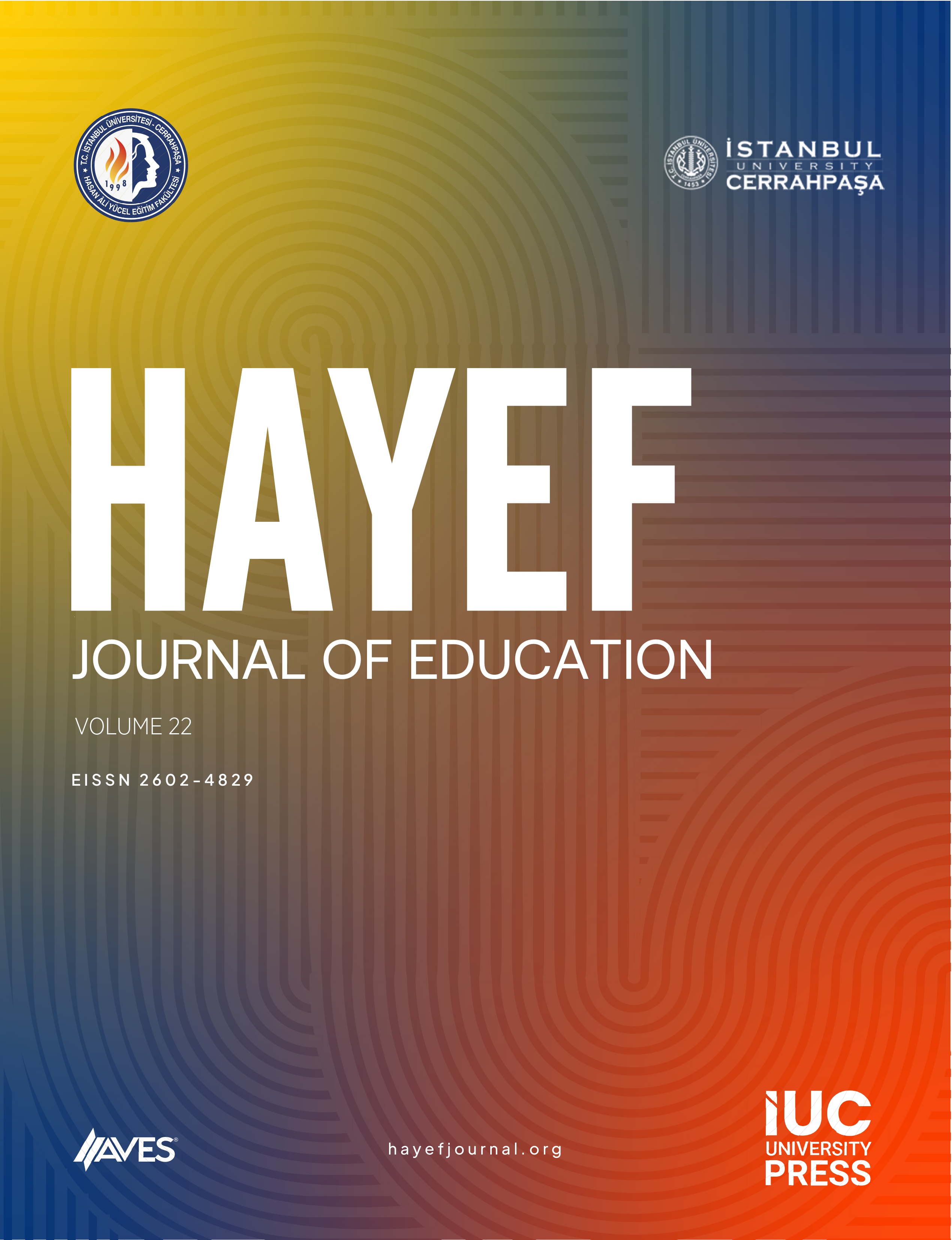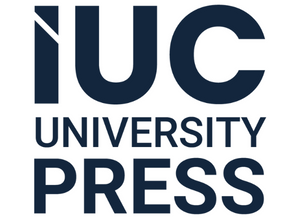Mathematics education supported by high-quality curricula enhances children’s cognitive abilities, contributing to both individual and social advancement. Therefore, it is essential to systematically analyze and evaluate curricula and to revise them continuously in accordance with evolving conditions. Based on this situation, this study aims to examine the learning outcomes and process components of the Turkish Century Education Model Primary School Mathematics Curriculum from the perspective of structure of the observed learning outcomes taxonomy. The research was conducted on the basis of a qualitative paradigm, and a document analysis design was used. The data of the study were compiled from the learning outcomes and process components in the primary school mathematics curriculum, published by the Ministry of National Education in 2024, and will be implemented gradually in the 2025–2026 academic year. The data of the study were analyzed by content analysis. In the study, the learning outcomes in the curriculum were analyzed for each grade level separately according to the indicators in the structure of the observed learning outcomes taxonomy levels. The results of the study show the existence of an arrangement with a predominance of multi-structural and relational levels for all grade levels. They also reveal that a gradual development towards the level of extended abstract is planned as the grade levels progress.
Cite this article as: Kılıç, R. (2025). Investigation of the learning outcomes of the Turkish century education model primary school mathematics course in the context of SOLO taxonomy. HAYEF: Journal of Education, 22, 0013, doi: 10.5152/ hayef.2025.25013.



